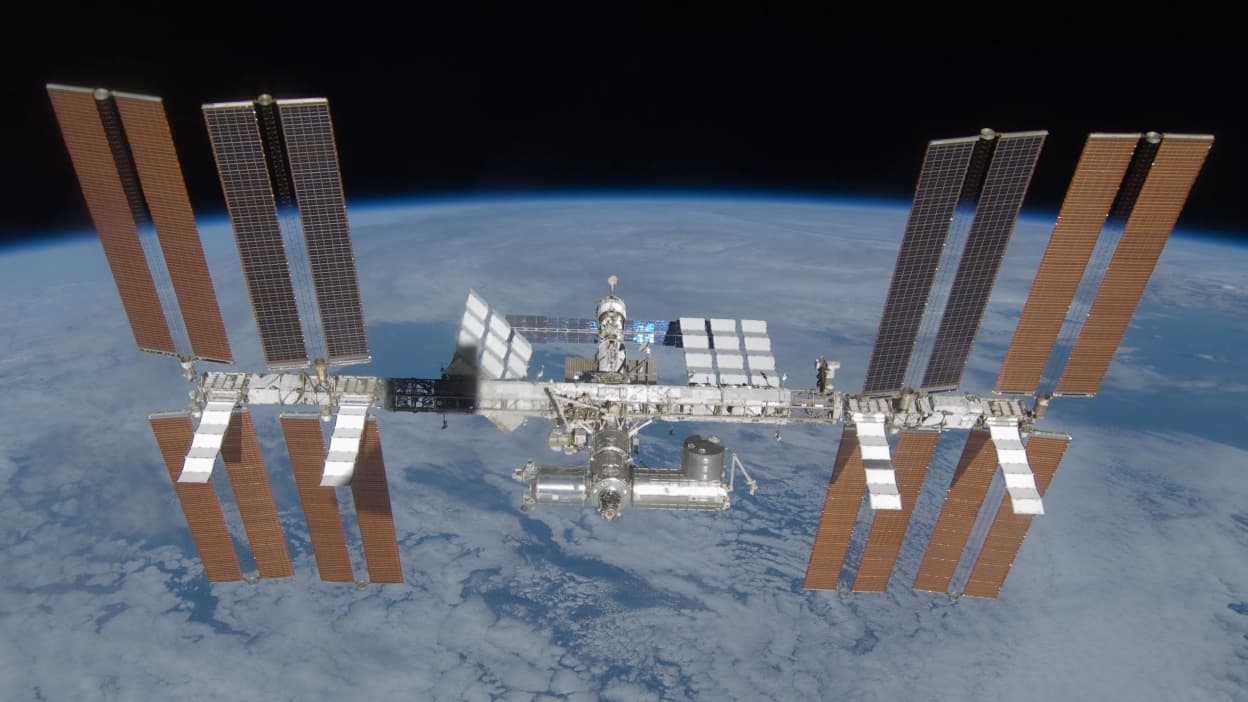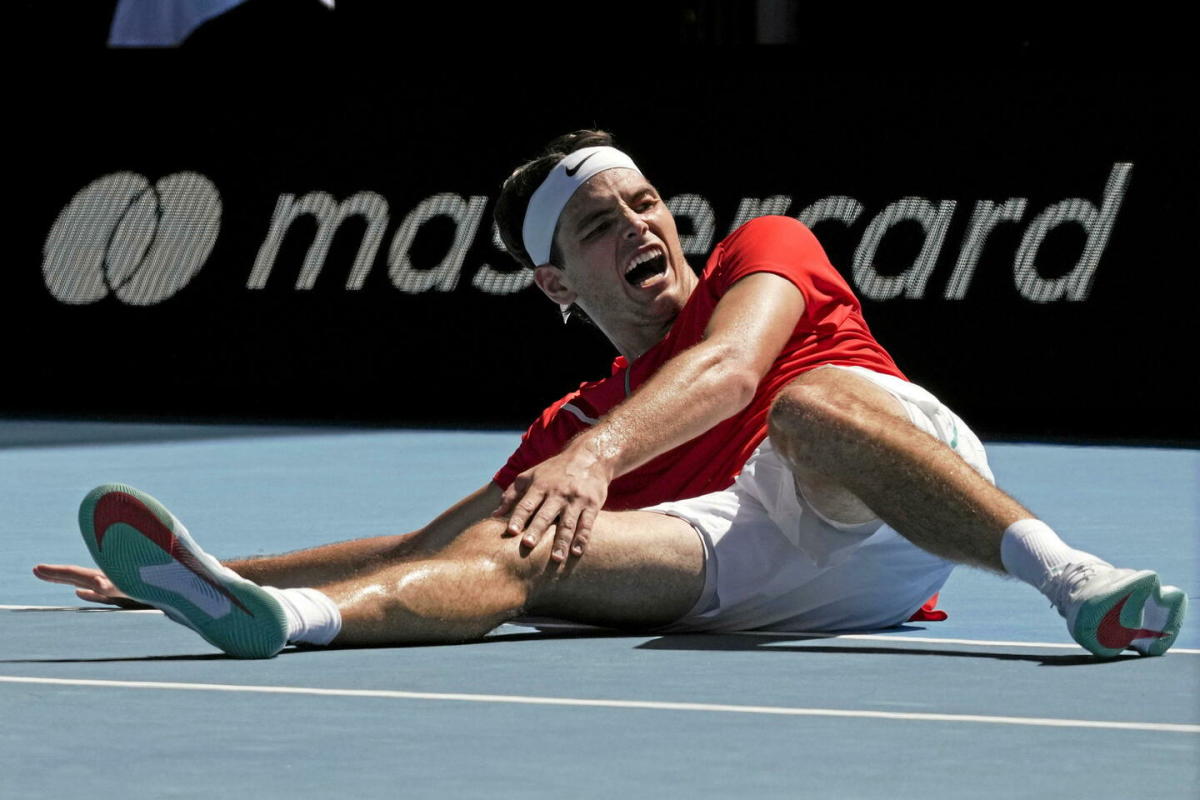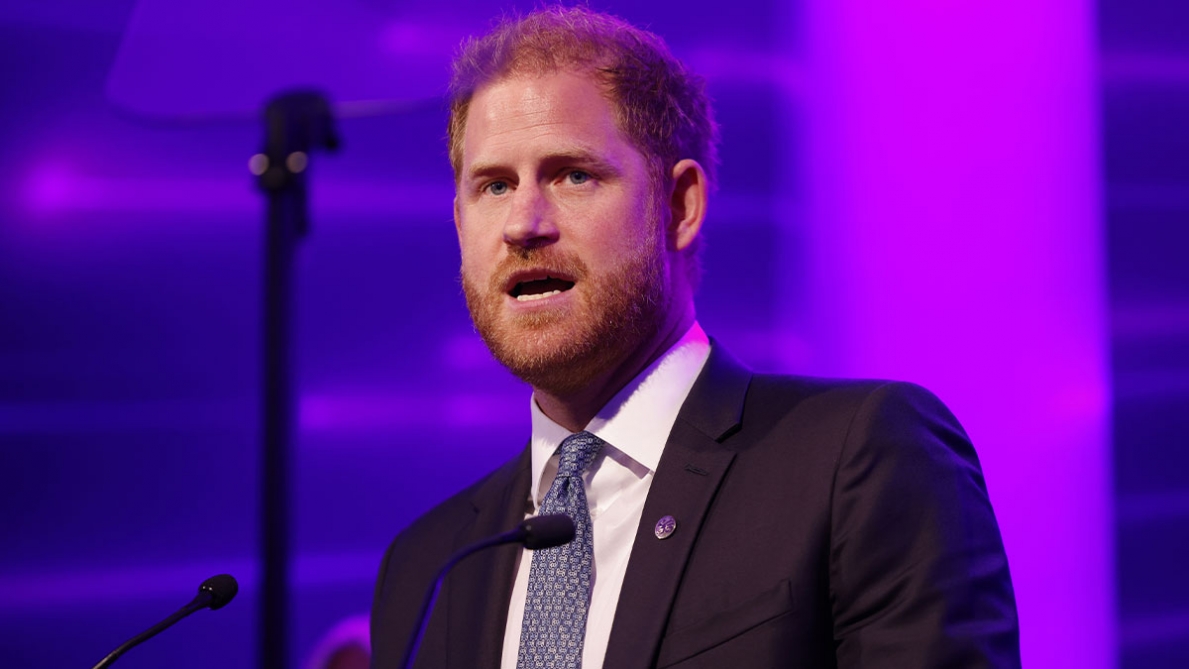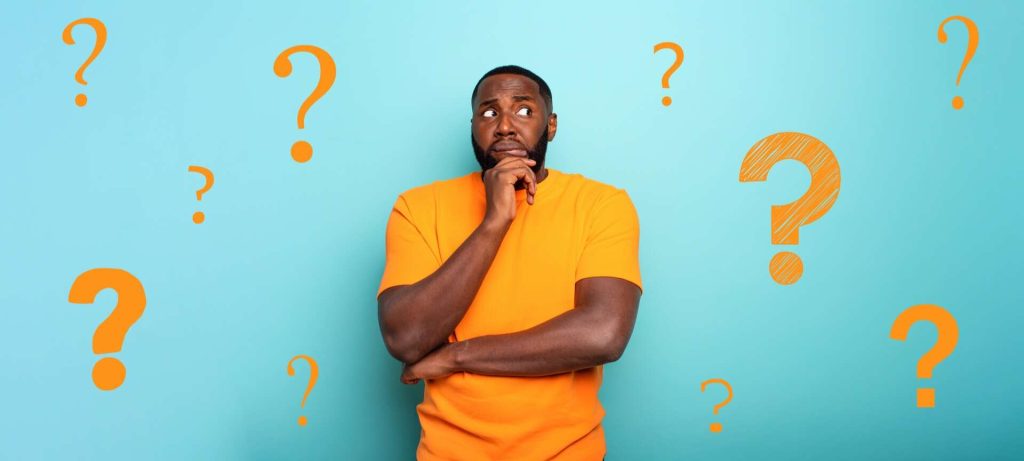What happens when the brain is faced with decision making that forces it to explore different possibilities and make the right decision? The work focused on cognitive processing, and small changes in the magnetic field generated by brain activity were recorded. The simple fact of changing one’s mind is accompanied by a constant increase in attention and this is manifested even in the peripheral nervous system.
In an ever-changing world, it takes good decision It requires the ability to explore different strategies and the ability to select the most suitable one. What restaurant are you going to eat tonight? What book to buy? What to do this weekend? Answering these questions, like thousands of others, requires you to explore your surroundings for relevant information – whether it’s restaurant reviews, literary opinions, or weather reports.
In research laboratories, the study of behavioral and brain markers for this type of exploration is not new. However, the experimental protocols in use today do not make it possible to isolate specific markers for exploration, as they are usually disguised by those other associated cognitive processes.
In fact, we begin to explore our surroundings when our usual strategies stop working as they did before—either because we are tired of our usual restaurant, or because the weather on the weekend has changed. But exploration also coincides with behavioral change. So it is difficult to determine whether the exploration signs described in Previous studies They are really specific to the exploration itself, or whether they are characteristic of other processes related to changing behavior that occurs at the same time.
How to isolate specific explore parameters?
To address this issue, researchers have developed a new experimental protocol that allows for the first time to separate exploration from other cognitive processes. How ? By comparing two conditions that are identical in all respects, except for the possibility of exploring one’s environment: the first condition allowed free exploration, while the second condition only allowed observation of the same environment – without the possibility of exploration this time.
The team led by Valentin Weyart, Director of Inserm Research in the Cognitive and Computational Neuroscience Laboratory (Inserm/ENS-PSL) and by Valerian Chambon, Director of CNRS Research at the Jean Nicod Institute (CNRS/ENS-PSL), tested this new one. Experimental protocol In a group of volunteers, their brain magnetic activity was recorded. This work was published in the magazine eLife.
Protocol Conditions
In this protocol, the two conditions took the form of card games, of exactly identical difficulty from a statistical point of view. In both cases, bundles of colored cards were placed in front of the volunteers. Each set contains cards of multiple colors, and in different proportions.
In the first case (Explore), volunteers had to draw cards themselves from the available decks, with the ability to change decks with each new card, and instructed to draw as many cards of one color as possible. “Target”.
In the second case (observation), the same volunteers did not have the opportunity to explore the available decks themselves, because this time the cards were drawn by the experimenter, without being able to determine from which deck they were thrown. They were directed to guess.
” Activity, that is, the fact of being able to explore, and generally modify, one’s environment, is a fundamental dimension but unfortunately has been largely ignored by theories of resolution »Valerian Chambon explains.
” By manipulating the agency of tested volunteers through our protocol, we showed that exploration is associated with a high degree of perceived uncertainty, as well as a willingness to try new strategies even if they do not work well initially. Marion Rouault, who first signed the article and was recently recruited as a CNRS researcher at Normal High School – PSL, continues.
Magnetic EEG (MEG) recordings, whose temporal resolution of less than a second is much better than that of magnetic resonance imaging (MRI), showed that exploration is preceded by a particularly marked suppression of brain waves in the alpha range, a well-known effect of attention. And that’s not all.
A new way to understand mental illness
” By measuring the pupillary dilation of the tested volunteers in addition to their cardiac activity, we also observed that exploration is associated with a prolonged pupillary response over time, as well as a delay in heartbeat at the onset of exploration. Marion Rouault adds. These findings indicate that exploration is associated with a sustained increase in attention that is manifested even in the peripheral nervous system.
This experimental protocol also opens up new avenues for studying some psychiatric diseases. ” Obsessive-compulsive disorder is characterized by behavioral disturbances in states of uncertainty, but the origin of these disorders remains poorly understood.says Valentine Weart. Our experimental protocol can explain some of these disorders by specific deficits in exploration, not by general decision-making deficits as is often the case.”
- good to know : “Behavioural semantics” is the behavior characteristic of the perceptual process. For example, in this study, a sudden drop in confidence at the time of a behavior change is a behavioral sign of exploration.

“Music guru. Incurable web practitioner. Thinker. Lifelong zombie junkie. Tv buff. Typical organizer. Evil beer scholar.”







More Stories
Bacteria brought into space mutated and became stronger on board the International Space Station, study finds
Sperm for science used in fertilization: already 16 contacts
Scientists have discovered new health risks associated with microplastics